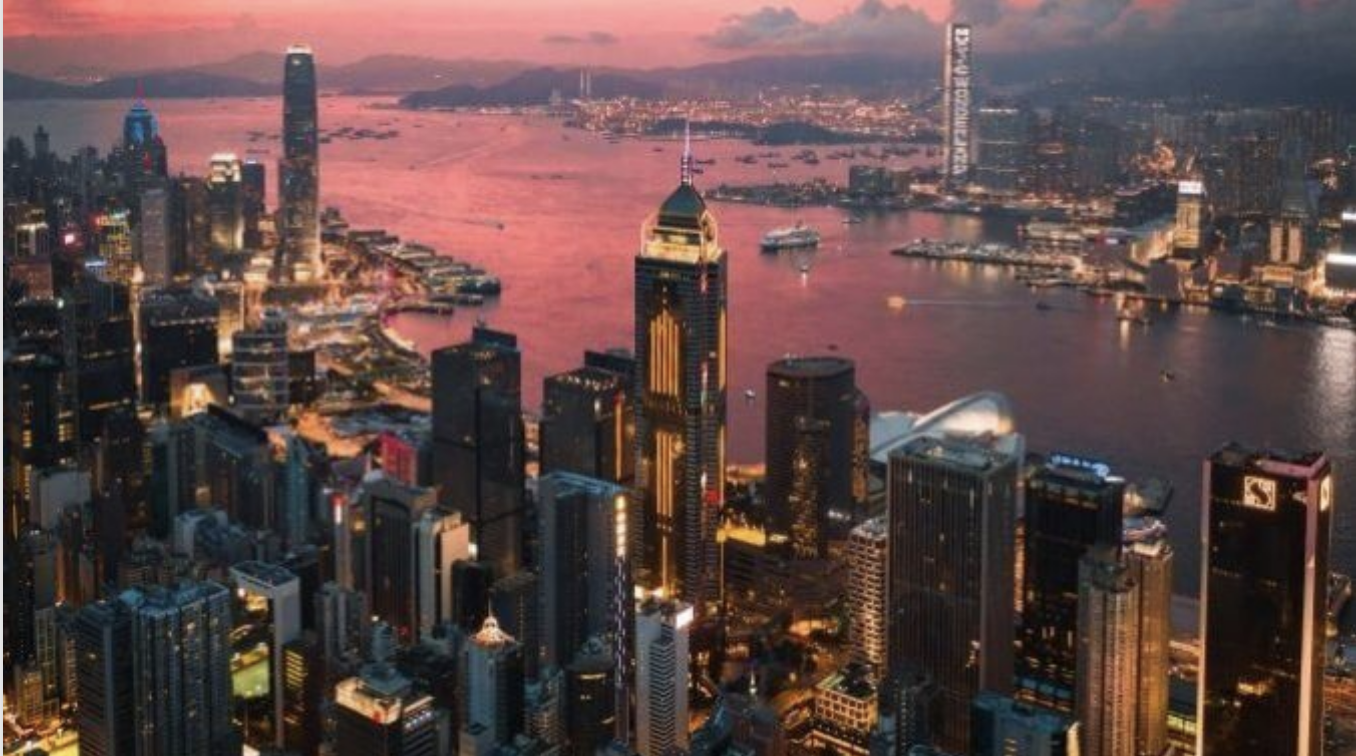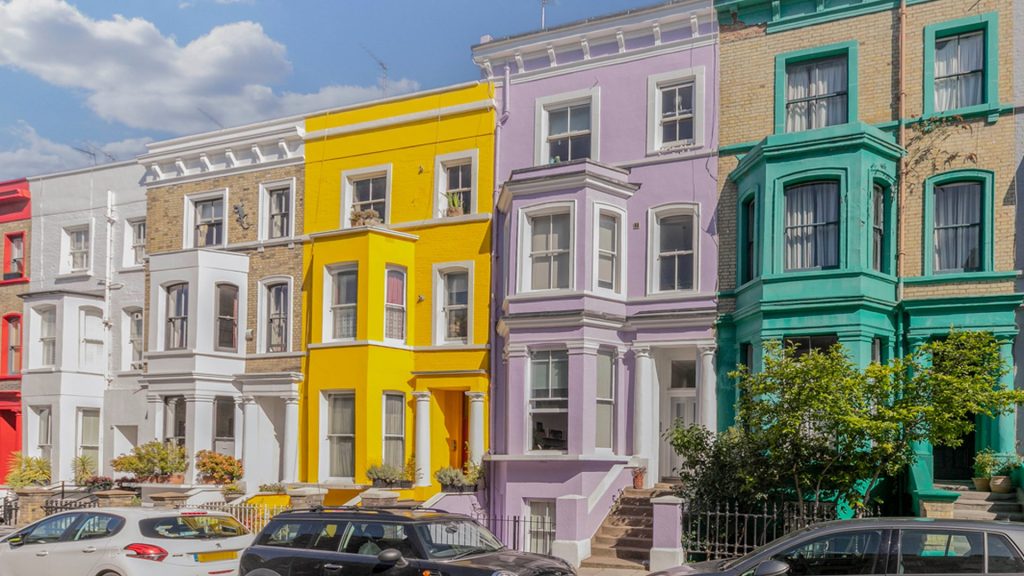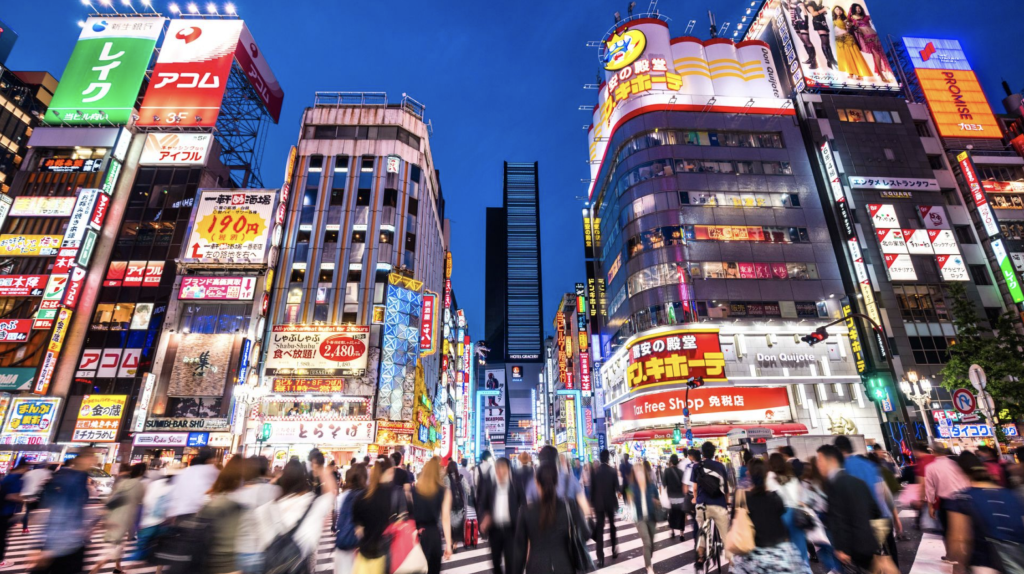Cosmopolitanism in Urban Settings
written by art historian & curator
In the tapestry of global cities, few places rival the cosmopolitan allure of New York, London, and Tokyo. Each of these metropoles is a testament to the diverse cultural currents that shape our world today. They are not merely cities but vibrant places where traditions intertwine, languages collide, and global perspectives converge. What sets these cities apart is not just their size or economic prowess, but their distinct identities forged through centuries of history and adaptation to the rhythms of globalization.
Videos you may enjoy as well:
Cosmopolitanism extends beyond mere diversity and integration; it highlights cities as hubs of cultural awareness, where people from different backgrounds coexist and interact daily. This perspective helps us appreciate the richness of urban cultures shaped by immigration, global connectivity, and historical influences. New York, London, and Tokyo stand out for their distinct characteristics, contributing to their reputation as global metropoles.
New York City, The Melting Pot
New York City, often called ”The Big Apple”, is renowned for its incredible diversity and dynamic cultural landscape. As one of the most populated cities in the United States, New York is home to over 8 million residents from every corner of the globe. This melting pot of cultures is evident in the city’s neighborhoods, cuisines, festivals, and languages. The boroughs of New York—Manhattan, Brooklyn, Queens, The Bronx, and Staten Island—each offer unique cultural experiences. Manhattan’s bustling Times Square and Broadway theatres contrast with the artistic vibes of Brooklyn’s Williamsburg. Queens, often hailed as the most ethnically diverse urban area in the world, showcases a mosaic of communities, including Greek, Colombian, Chinese, and Indian.
Its cosmopolitanism is palpable in every corner, where a walk down Fifth Avenue can lead from a traditional Jewish deli to a trendy Korean BBQ joint, all within a few blocks. New York’s cosmopolitan nature extends beyond its demographics. The city is a global financial center, hosting Wall Street and numerous multinational corporations. It is also a cultural powerhouse, home to world-class museums such as the Metropolitan Museum of Art and the Museum of Modern Art. The city’s vibrant arts scene, including music, theater, and fashion, continuously draws international talent and audiences.

By embracing cosmopolitan ideals, New York celebrates diverse traditions, languages, arts, and cuisines. This fosters a more inclusive and interconnected cultural landscape, where residents and visitors can explore and appreciate a wide spectrum of human expression. The city also embodies global trends in fashion, music, art, and technology. Cosmopolitanism encourages us to see these cultural expressions not in isolation but as interconnected parts of a global cultural mosaic, influenced by and influencing other cities and regions. This process of identity formation in cosmopolitan cities can lead to greater empathy and understanding among diverse communities.
London, The Global Village
London, the capital of the United Kingdom, epitomizes the essence of a global village. With a history that stretches back over two millennia, London has always been a center for trade, politics, and culture. Today, it remains one of the most influential cities in the world, celebrated for its multiculturalism and international outlook.
London’s cosmopolitanism is most apparent in its neighbourhoods. Areas like Soho, Brixton, and Shoreditch are renowned for their eclectic mix of cultures, reflected in their markets, restaurants, and street art. The city hosts a significant number of foreign-born residents, with over 300 languages spoken across its expanse. This diversity enriches the city’s cultural fabric, from the Notting Hill Carnival, celebrating Caribbean culture, to the Chinese New Year festivities in Chinatown. Economically, London is a global financial hub, second only to New York City. The City of London, also known as the Square Mile, is a leading center for banking, finance, and insurance. Beyond finance, London excels in education, with prestigious institutions like the University of London, London School of Economics, and Imperial College attracting students from around the world.

Culturally, London offers an unparalleled array of attractions. The British Museum, the Tate Modern, and the West End theaters are just a few examples of its cultural landmarks. The city’s music scene, ranging from classical performances at the Royal Albert Hall to contemporary concerts at the O2 Arena, reflects its broad appeal.
Tokyo, The Harmonious Blend
The Japanese capital of Tokyo presents a unique blend of tradition and modernity. As one of the most populated cities in the world, Tokyo is a testament to Japan’s rapid post-war development and its ability to harmonize ancient cultural practices with cutting-edge technology and contemporary lifestyles. Tokyo’s cosmopolitan character is visible in districts such as Shibuya, Shinjuku, and Roppongi. Shibuya is famous for its bustling crossing and youth culture, while Shinjuku is known for its skyscrapers, shopping, and entertainment. Roppongi, with its numerous embassies and international businesses, serves as a focal point for expatriates and global travelers. The city’s culinary scene is a reflection of its international outlook. While traditional Japanese cuisine, such as sushi, ramen, and tempura, remains central, Tokyo also offers a vast array of international dining options. From French patisseries to Indian curry houses, the city’s restaurants cater to a global palate.
Economically, Tokyo is a powerhouse, hosting the headquarters of many of the world’s largest companies, including Toyota, Sony, and Mitsubishi. The Tokyo Stock Exchange is one of the largest in the world, underscoring the city’s financial significance. Additionally, Tokyo is a leading center for technology and innovation, with districts like Akihabara symbolizing its role in the global electronics and gaming industries.

Culturally, Tokyo offers a rich tapestry of experiences. Traditional festivals, such as the cherry blossom viewing (hanami) and the Sumida River Fireworks, coexist with modern pop culture phenomena like anime, manga, and J-pop. The city’s museums, including the Tokyo National Museum and the Mori Art Museum, showcase both Japanese and international art.
Neighbourhoods Shaping Urban Cosmopolitanism
Cosmopolitanism in New York, London, and Tokyo is significantly shaped by their multicultural neighborhoods, each reflecting the diverse histories and communities that contribute to their unique cultural landscapes.
In New York City, Harlem stands out as a major African-American cultural and artistic hub, particularly influential during the Harlem Renaissance in the 1920s. Manhattan’s Chinatown is another vibrant enclave, being one of the largest and oldest Chinatowns outside of Asia, rich with Chinese culture, restaurants, shops, and cultural institutions. Jackson Heights in Queens is one of the most diverse neighborhoods, home to large South Asian and Latino communities, known for its multicultural festivals and ethnic cuisine. Brooklyn’s Williamsburg, known for its Hasidic Jewish and hipster populations, offers a diverse cultural scene blending art, music, and culinary traditions.
London’s multiculturalism is highlighted by neighbourhoods like Brick Lane in the East End, known for its vibrant Bangladeshi community, eclectic markets, street art, and cultural festivals. Brixton, with its strong Afro-Caribbean identity, is famous for its lively music scene, markets, and multicultural celebrations. Southall, often called ”Little India”, boasts a large South Asian population and is renowned for its Indian shops, restaurants, and cultural events. Camden, a melting pot of various cultures, is well-known for its markets, music venues, and alternative cultural scene, attracting a wide range of ethnic communities.
Tokyo’s cosmopolitan character is evident in neighborhoods like Shinjuku’s Okubo, often referred to as ”Koreatown”, which is home to a significant Korean community offering a variety of Korean restaurants, shops, and cultural experiences. Shibuya’s Harajuku, known for its youth culture and fashion, attracts people from various cultural backgrounds with its diverse shops and cafes. Roppongi, famous for its nightlife and expat community, hosts many international residents and provides a variety of foreign restaurants, clubs, and cultural institutions. Azabu-Juban is another popular area among expatriates, known for its international schools, diverse dining options, and cultural festivals that reflect its cosmopolitan character.
Multicultural neighbourhoods from the metropoles act as microcosms of urban cosmopolitanism, bringing together people from different cultural backgrounds and fostering a vibrant mix of languages, traditions, and lifestyles. In places like New York’s Lower East Side, London’s Brixton, and Tokyo’s Shinjuku, cultural exchange has historically led to new forms of art, music, and cuisine, as well as hubs for entrepreneurship and small businesses catering to diverse tastes, defining these cities globally. New York, London, and Tokyo each embody the spirit of cosmopolitanism in unique ways. These cities not only offer a glimpse into the future of urban living but also highlight the importance of cultural exchange and integration in an increasingly interconnected world.





Leave a Reply